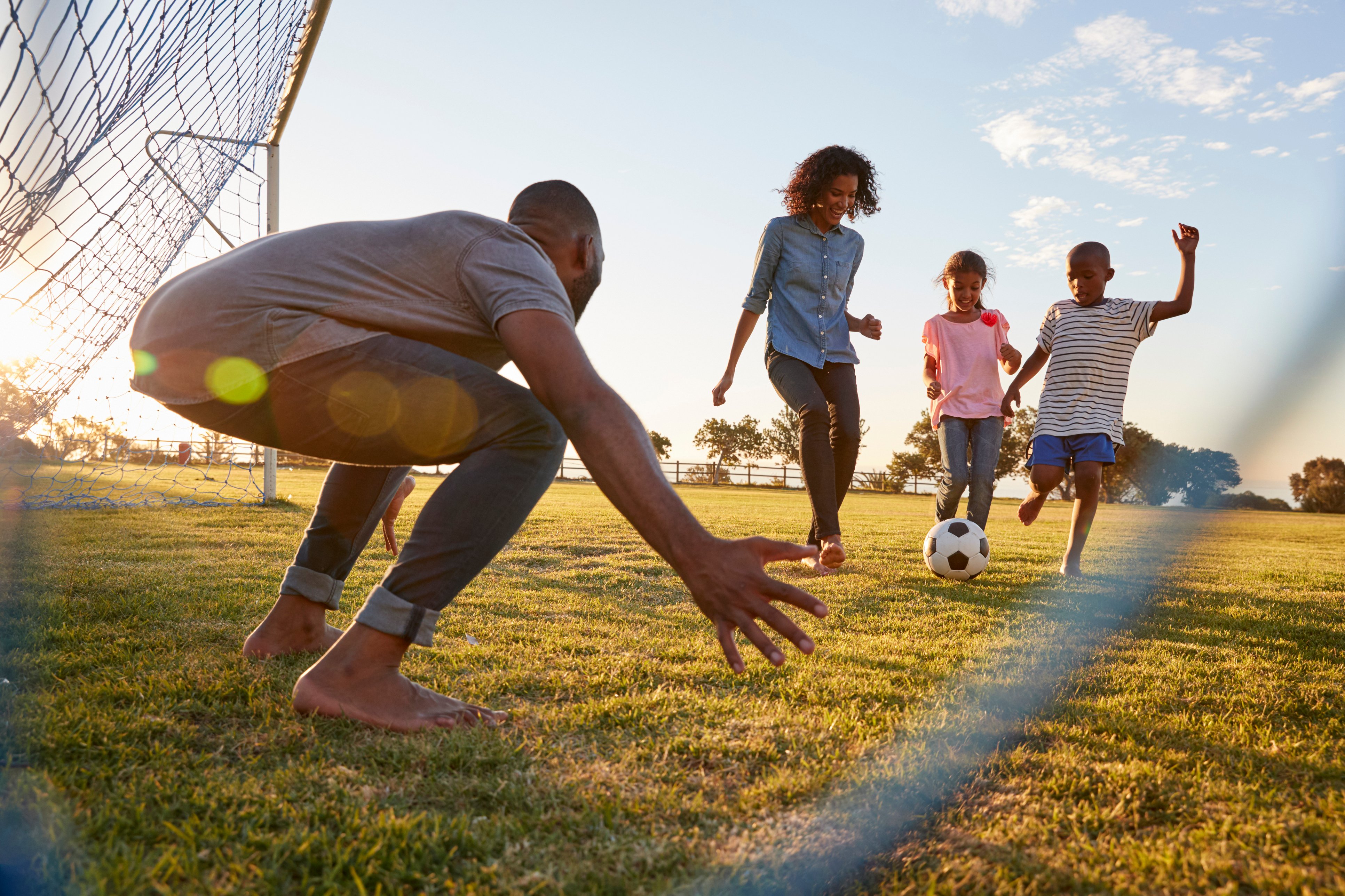Polyarticular (pronounced: pah-lee-ar-tik-yoo-lur) arthritis affects five or more joints within the first six months of being diagnosed with JIA. It is the second most common type of JIA in children and adolescents. There are two types of polyarticular arthritis: Rheumatoid factor (RF)–positive and RF-negative polyarticular arthritis. Rheumatoid factor is an antibody that is present in the blood and can be detected with a blood test. Children and adolescents with RF-positive polyarticular JIA have this antibody, and those with RF-negative polyarticular JIA do not have this antibody.

Quick facts about RF-positive polyarticular arthritis
Here are some facts about RF-positive polyarticular JIA:
- It affects 5% to 8% of young people with JIA.
- It can occur at any age but is more common in young people over 10 years of age.
- It is more common in females than males.
- It affects both the small joints of the hands and feet and large joints such as the knees, hips and ankles.
- Both sides of the body tend to be affected equally (symmetric involvement). It is similar to a common type of arthritis seen in adults called rheumatoid arthritis.
- There is a low risk of eye disease.
- This type of JIA is typically a more severe or aggressive form of arthritis.
With this type of JIA, your child may also have other symptoms:
- Rheumatoid nodules, which are hard bumps under the skin.
- Anemia, which is a low red blood cell count.
- Feel tired or have less energy.
- A poor appetite and possible weight loss.
- A low-grade fever (typically less than 38.5°C).
- A general sense of malaise, or feeling unwell.
These symptoms occur when the disease is active and untreated. They should improve with proper treatment.

Quick facts about RF-negative polyarticular arthritis
Here are some facts about this type of JIA:
- It occurs in about 20% of individuals who have JIA.
- It can occur at any age.
- It is more common in females than males.
- It usually starts in many joints at the same time.
- In some individuals, it will start in only one or two joints and then spread to other joints within the first six months of being diagnosed with JIA.
